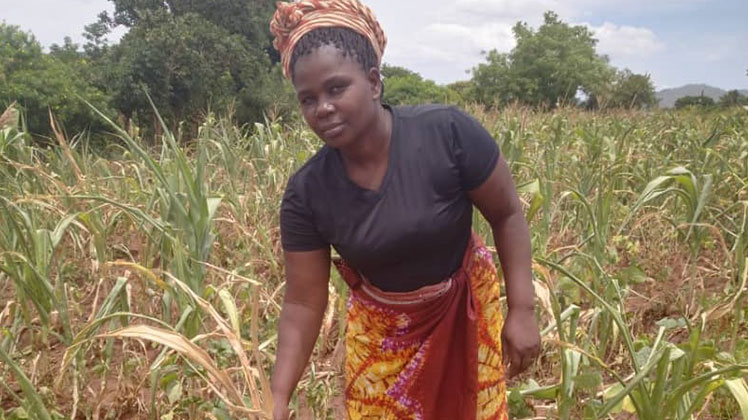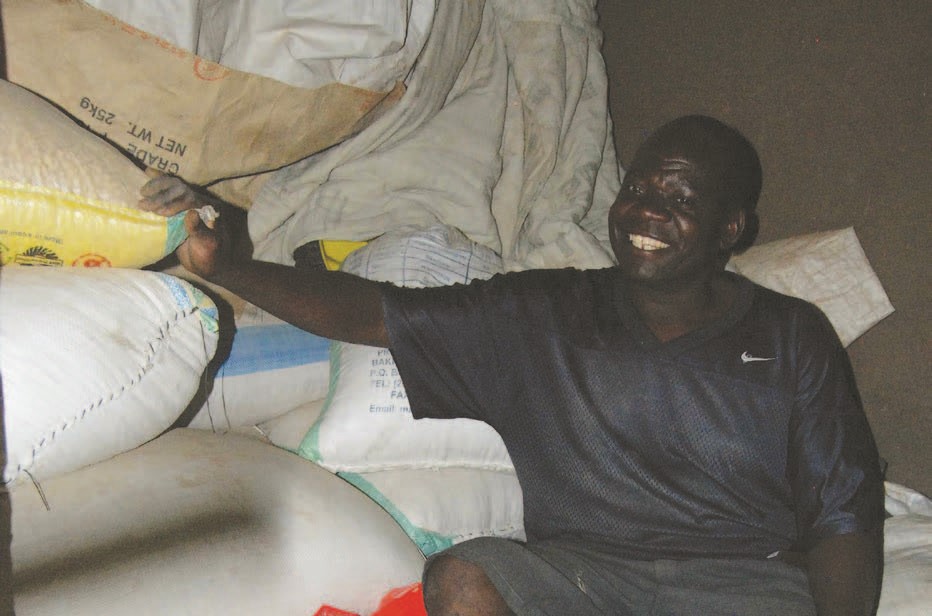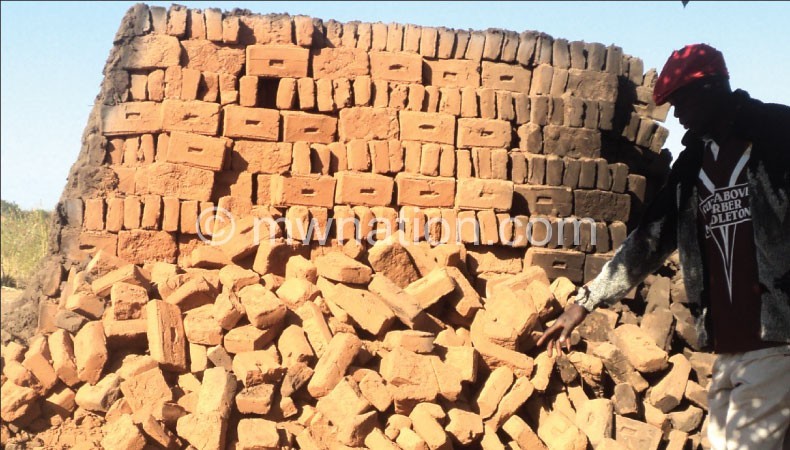Dipecho saving Shire valley

One of the major reasons the Shire Valley always experience drought is continued flooding, says national coordinator for Department of Preparedness in the European Commission in the Humanitarian Office (Dipecho) Ulemu Zaindi.
Zaindi through the Dipecho programme has been working in Shire Valley for the past four years and says much as flooding is still occurring, the impacts have been lessened as the communities have learnt some of the best practices needed to mitigate and adapt to the effects of flooding.
The Dipecho programme seeks to reduce the impact of natural disasters including floods, droughts, earthquakes, forest fires and storms by strengthening the response capacity of local communities and national authorities.
Over the past four years, Dipecho has been working in Salima, Karonga, Nsanje and Chikhwawa.
“Climate change has brought adverse impacts to local communities who have no clue in how they can adapt and that is the main reason Dipecho is here. We want to equip these communities with how they can withstand these impacts, knowing climate change has come to stay,” she said.
According to Zaindi, communities in these districts have been equipped with best preparedness practice techniques, such as installation of monitoring mechanisms.
Zaindi further said the practices have been documented and translated to local languages so that members can easily digest the messages.
In a presentation report by Dipecho on best practices, some of the communities were evacuated and repositioned while raising awareness on the application of design principles of low cost flood-resistant houses.
“Out of this we learnt that prepositioned safe havens can reduce the pressure in schools and disruptions of classes for learners during disasters in flood-prone areas,” reads the report in part.
In addition, in the case of Chikhwawa, maps that designate areas prone to flood and other hazards were also drawn to help in determining safe places prior and during disasters such as floods.
“As you can see, all these are being done to make sure that communities in these districts do not suffer. As one way of preventing crops from being washed away as a result of flooding, communities are also building dykes and so far they have prevented damage to infrastructure, crops, property and loss of lives. I believe this is what we need to do as a country in order to avoid major effects brought by climate change,” added Zaindi.





